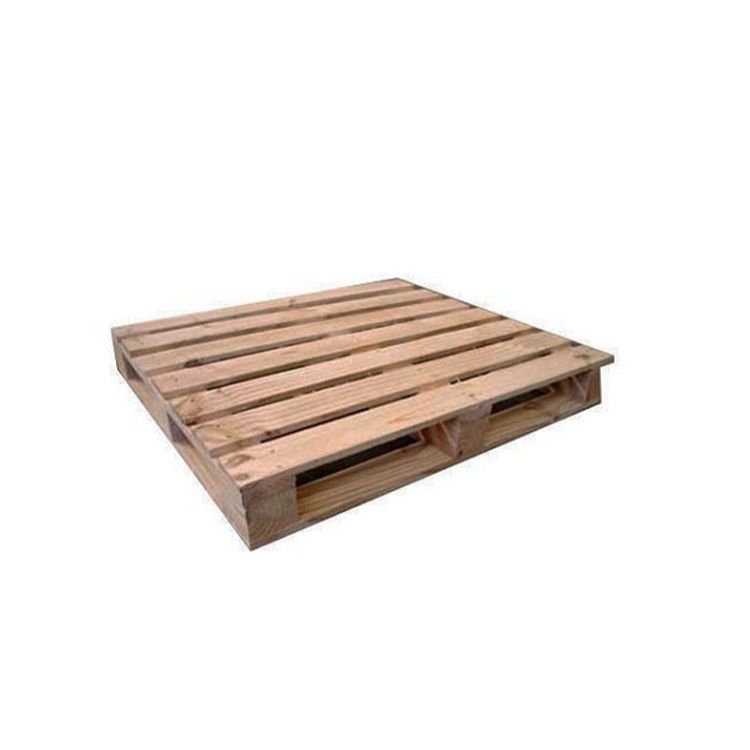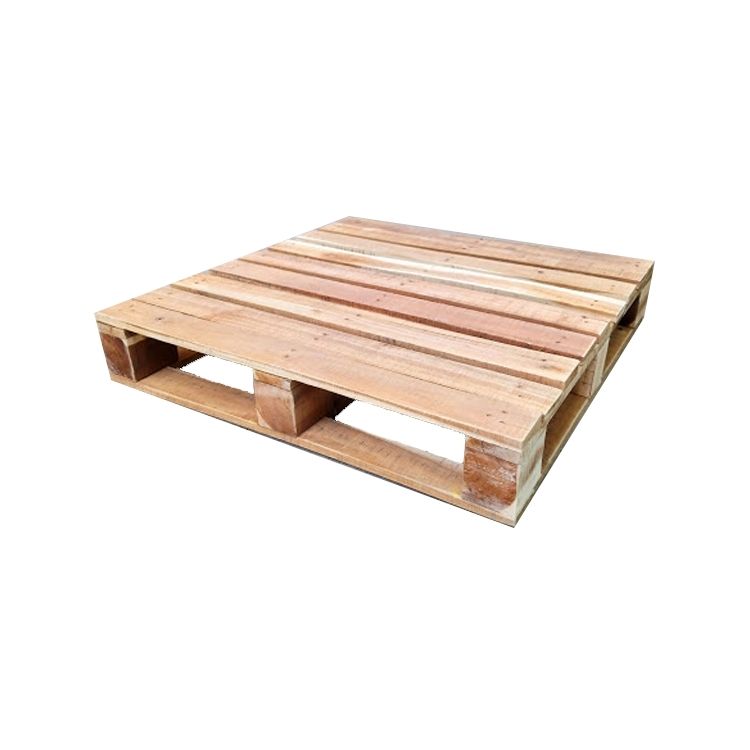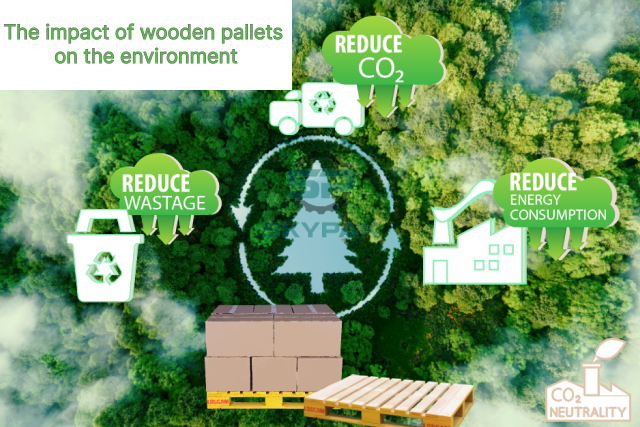
There is quite a popular debate about whether wooden pallets are a better choice than plastic pallets. An important aspect to consider in this debate is the impact of each choice on the environment. The state of the environment and the use of natural resources have become a top concern today. Issues such as deforestation and natural resource depletion are commonly cited reasons for reducing the use of wood in production. However, the use of wooden pallets is more active than many people think. In this article, let’s take a look at the impact of wooden pallets on the environment.
How many wooden pallets are built each year?
It is estimated that around 2 billion pallets are produced each year, around 10 billion pallets are used worldwide, and up to 10 billion pallets are produced annually from fresh wood. But instead of cutting down trees whenever new logs are needed to make pallets, the industry is using specially grown wood for pallet production and recycling old pallets. The environmental impact of these efforts is significant.
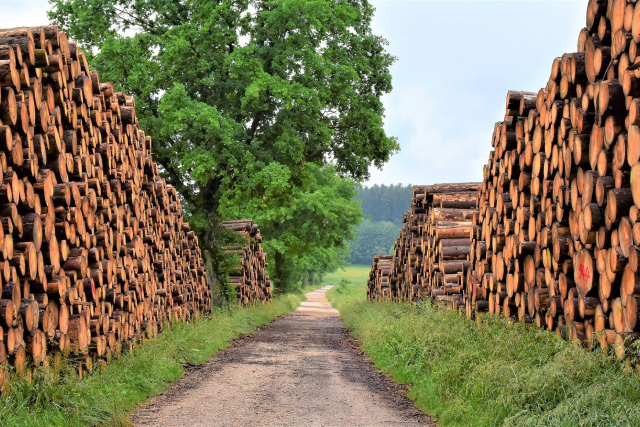
Recycling figures show that more than 350 million pallets are reused by pallet users and less than 1% of pallets recovered to end up in landfills. If a pallet cannot be reused in its intended form as another wooden pallet, it can still be recycled for reuse as a coating. This means that even unrepairable pallets can be useful to the recycling industry, adding to the positive environmental impact of wood pallet recycling.
Impact of wooden pallets on the environment
Recycling
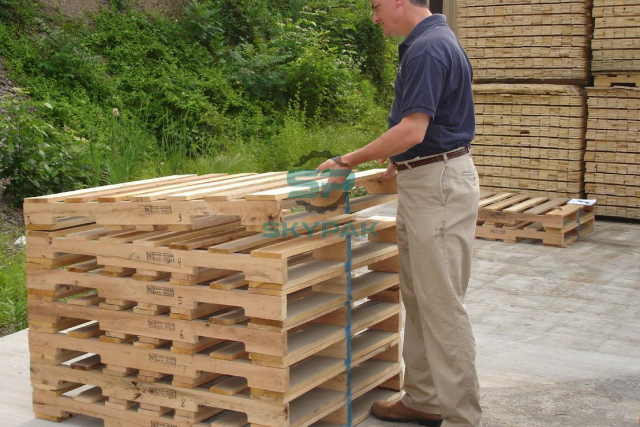
One of the biggest benefits of using wooden pallets is that they are recyclable. When wooden pallets are weak or broken, you do not need to throw them away. The best option is to recycle them, where the old wood is packed into new pallets in the form of plywood. You can even refurbish some broken pallets and bring them back to the market. While you can create new pallets from old ones, you can also use wood to make furniture and other items in industries that don’t involve shipping.
Sustainability
According to the summary of 2022, the number of trees in Vietnam this year has reached 204.5 million, for every tree cut down, two or more trees are planted. Thanks to the ability to recycle wooden pallets as mentioned above, this has proven to be a sustainable industry. Plastic pallets and other types of pallets have their advantages in some cases, but they are not produced from sustainable resources.
Carbon emissions
The use of wooden pallets further helps reduce greenhouse gas levels in the atmosphere. We continue to note the full impact on our climate from measuring CO2 emissions over its lifetime. This is called a carbon footprint. Trees absorb a certain amount of carbon during their growth phase, so half the net weight of a wooden pallet will eventually become carbon. During the life of the wooden pallet, it stores carbon that would otherwise be released back into the atmosphere as CO2. Tests have shown that reusing at least 6 pallets per month can offset the emissions of a single car for an entire month. The environmental impact of wooden pallets is a major reason why they are the most popular pallet choice.



















